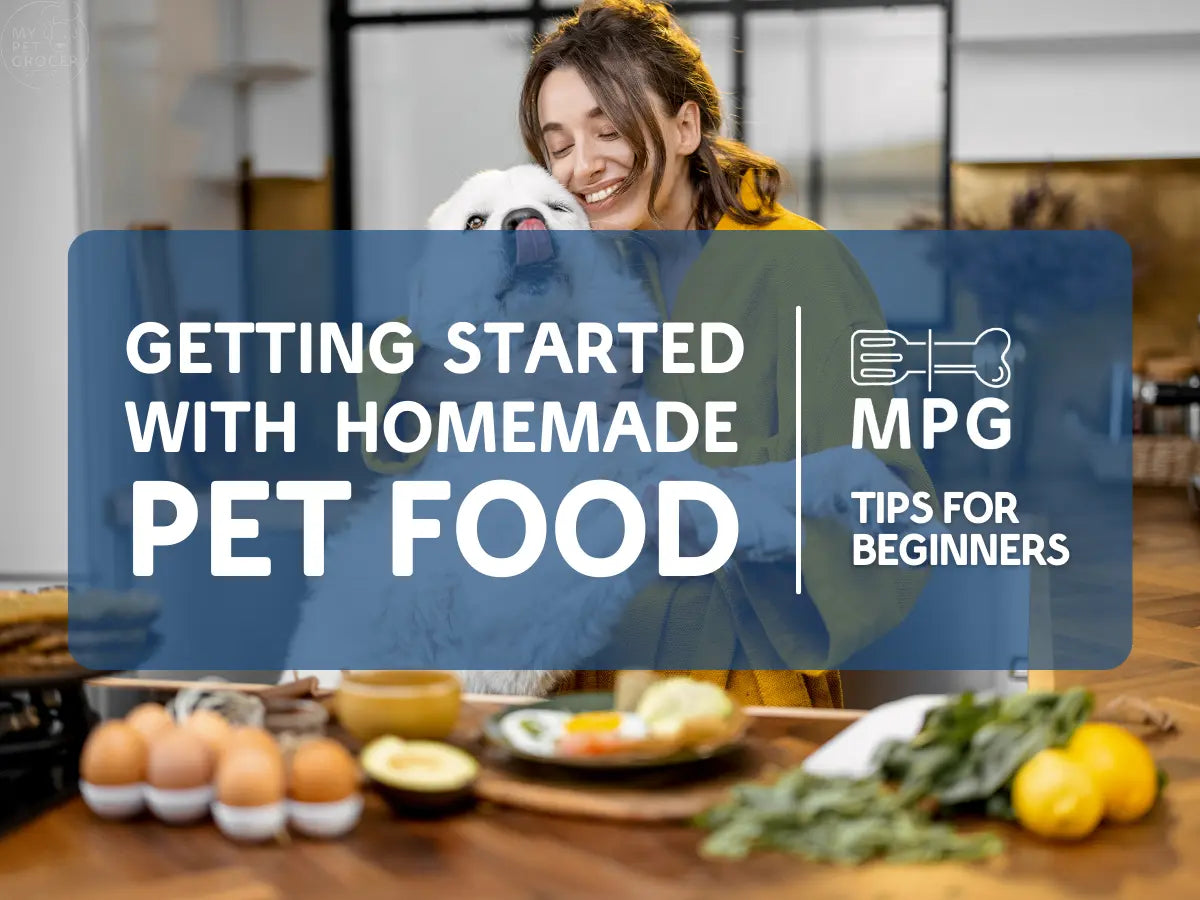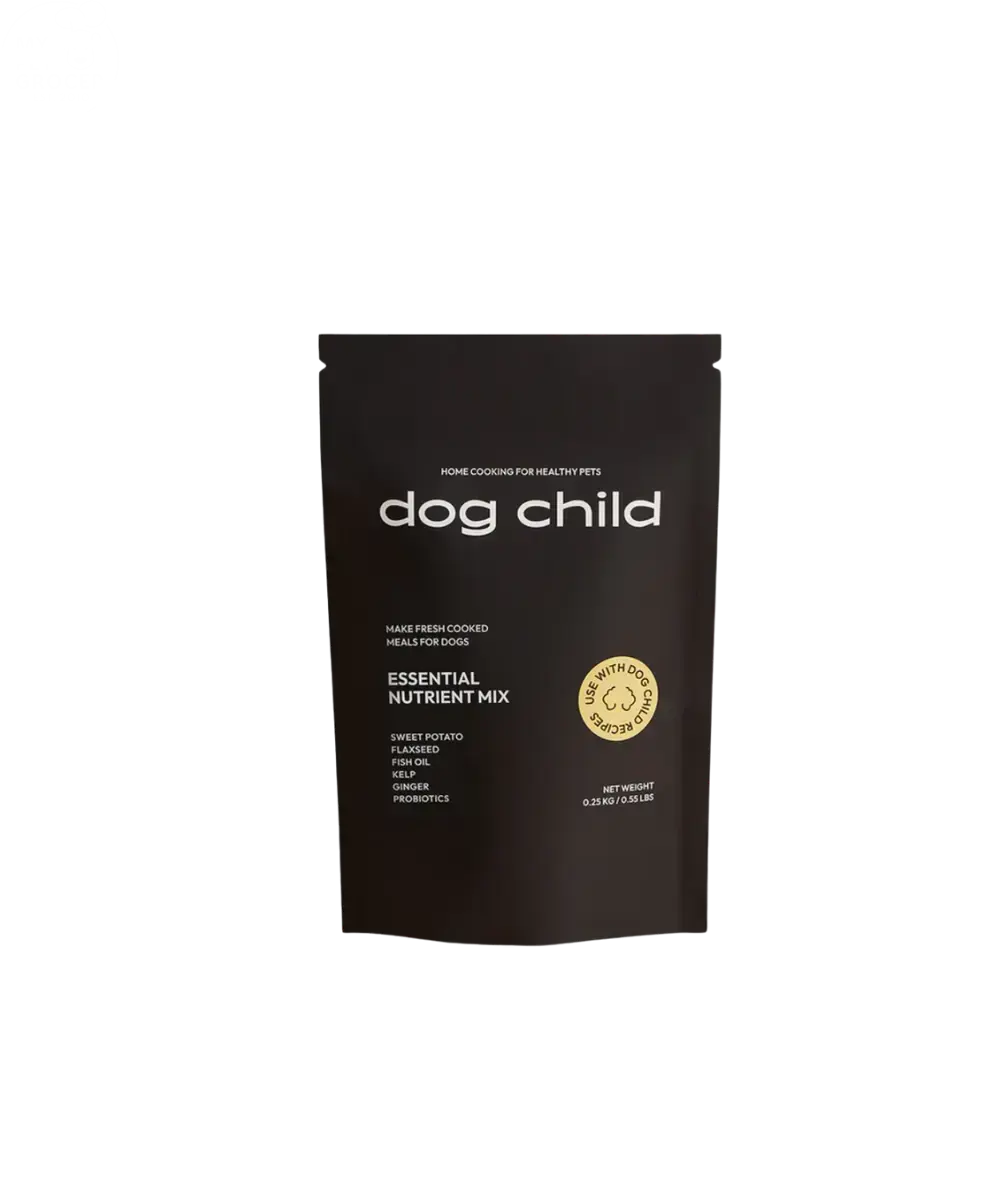
Getting Started with Homemade Pet Food: Tips for Beginners
As loving pet parents, we want to provide our companions with the healthiest, most delicious diet possible. While commercially available pet foods offer convenience, creating homemade meals allows for complete control over the choice, quality, and processing of ingredients. Not only will you know exactly what your pet is eating, but fresh ingredients are also tastier, which makes home-cooking a great option for picky eaters or pets with sensitivities.
But where do you start? Crafting balanced, homemade pet food might seem daunting, but fear not! Follow these tips to help you get started cooking your pet nutritious meals from scratch.
1. Do Your Research:
Before diving into the kitchen, it's crucial to understand your pet's specific nutritional needs. Different species, breeds, ages, and activity levels have varying requirements. Consult your veterinarian or animal nutritionist for guidance on portion sizes, essential nutrients, and potential food sensitivities. They can also recommend reputable resources for pet-friendly recipes.
2. Choose Quality Ingredients:
Think of your pet's food similarly to your own – fresh, whole ingredients are key! Opt for lean protein sources like chicken, turkey, or fish, and incorporate healthy fats like coconut oil or salmon oil. Don't forget about fruits and vegetables packed with vitamins and minerals. Remember, some human foods (like grapes, onions, and chocolate) are toxic to pets, so be sure to double-check before adding anything to their bowl.
3. Cooking Method:
Raw meat harbors bacteria like salmonella, so for your safety and theirs, cook meat thoroughly. Cooking methods can impact nutrient availability and food safety. Lean towards gentle cooking methods like steaming, boiling, or poaching to preserve vitamins and minerals. Avoid using excessive heat or unhealthy fats like butter or bacon grease. Also steer clear of toxic herbs and spices like garlic, onion, and even salt.
4. Portion Control is Key:
Overfeeding, even with homemade food, can lead to weight gain and health problems. Stick to portion sizes recommended by your veterinarian and adjust them based on your pet's individual needs and activity level.
5. Supplement Strategically:
Even the most well-crafted homemade meals might not cover all your pet's nutritional bases. Talk to your vet about adding supplements, essential fatty acids, or a multivitamin specifically formulated for pets.
Excuse our quick ad break, but at My Pet Grocer, we offer the perfect solution for this: Chef’s Complete Vitamin and Trace Mineral Mixes (available in canine, feline, and puppy).These veterinarian-formulated supplements are your secret to success as a homemade chef. They are the easiest way to ensure your pet is getting the complete and balanced nutrition they require, filling in any gaps, regardless of which homemade recipe you are using. Plus, each blend is hypoallergenic, extensively tested for quality control, and delivered directly to you. See more below!
6. Store it Safely:
Homemade pet food has a shorter shelf life than commercially processed kibble. Divide meals into portion-sized containers and store them in the refrigerator for up to 3 days or freeze them for longer storage.
7. Transition Diets Slowly:
Introducing a new food, even homemade, should be done gradually to avoid digestive upset. Start by mixing small amounts of the new food with their regular diet and slowly increase the proportion over a few days. Monitor your pet for any changes in weight, energy levels, or digestion, and consult your veterinarian if needed.
Additional Tips:
- Invest in a food scale for accurate measurements, especially when following recipes.
- Utilize kitchen tools like a food processor or blender to grind or puree ingredients for easier digestion.
- Clean your pet’s dish thoroughly with warm, soapy water, using a mild dish soap, after every meal.
Most importantly of all, don’t forget to enjoy the process of creating delicious, nutritious food and bonding with your beloved pet! You will love watching your pet enjoy the meals you made for them and being a part of this nutrition and pet-loving community.


